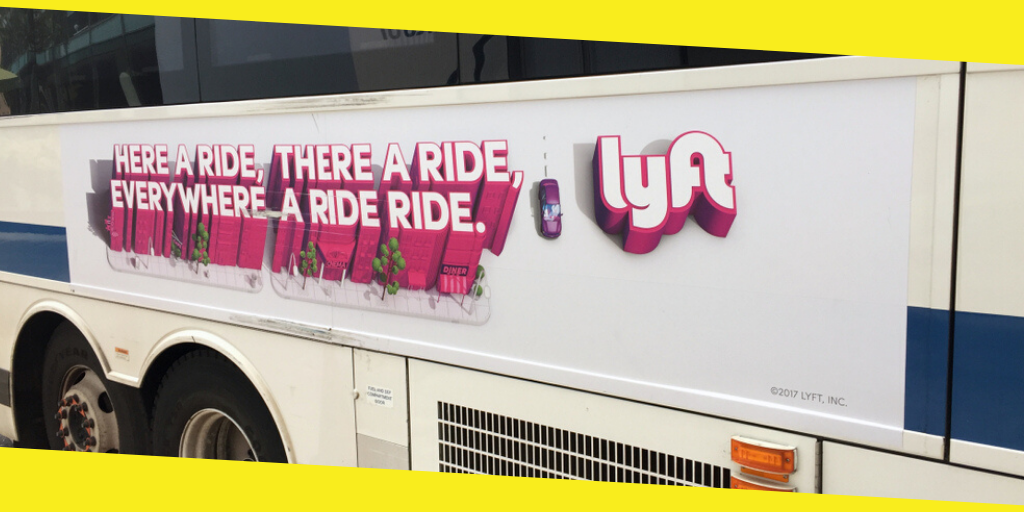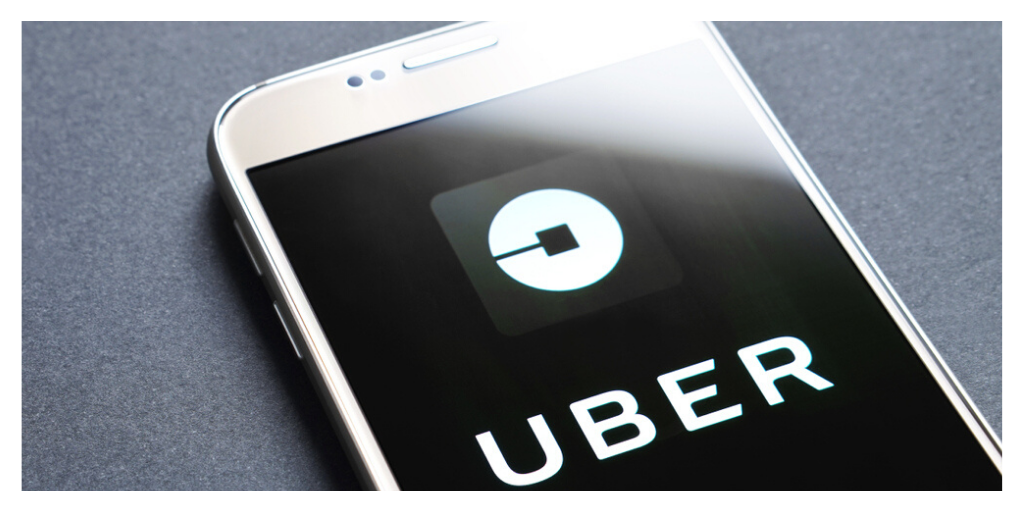Key Rideshare Laws That You Should Know
This post was last updated on November 28th, 2024

Rideshare safety has been one of the top priorities for public companies, such as Uber and Lyft. On the unlikeliest of circumstances, some rideshare drivers have taken advantage of unsuspecting passengers, compromising the latter’s safety and security.
For this reason, Congress has made strides in passing laws to the same effect. Rideshare companies have equally faced pressure in addressing their safety concerns, with imminent risk of facing liabilities, such as issues on negligence, property damage, and wrongful death.
While Colorado was the first state to enact laws that authorized rideshare services, California was the first to legalize the same rideshare services. In addition to that, we now have California laws to protect rideshare passengers. By the end of 2016, almost five states had considered legislation for these rideshare companies.
So, why are these rideshare laws relevant? This is because they’re crucial for the safety of pedestrians and motorists. The inherent risks are not mere hypotheses, but should be treated with utmost concern.
For instance, when a rideshare driver kidnaps and sexually assaults a woman. Such acts exemplify the reason why background checks and preliminary drug testing should be conducted to ascertain an individual’s behavior before being approved as a driver.
Here are the key rideshare laws that you should know about:
Samantha L. Josephine Rideshow Safety Act.
The law came about because of the case of a 21-year-old South Carolina student who disappeared and was found murdered. This occurrence resulted in many states passing laws to protect the rider.
This law requires that a Transport network company should display license plates from the front. At the time of picking up a passenger, the vehicle has to show a license plate number that should be printed in a readable font and shouldn’t be more than 2 -inches.
Any driver that misrepresents themselves is guilty of misdemeanors and can be fined or imprisoned.
Sami’s Law
Almost similar to the Samantha L. Josephine Rideshow Safety Act., New Jersey signed this law, which requires rideshares to:
- Display two identifying markers in front of the windshield and the rear window
- Display placards with drivers names, photographs, and license plate numbers on the driver’s side
- Display barcode copies for passengers to confirm the vehicle.
All identification markers and bar codes should be the same according to this legislation. The legislation tries to uphold responsibility for rideshare drivers in case of accidents.
North Carolina Passenger Protection Act
This law was enacted in North Carolina and was initially introduced by Rep, John Bell. The law protects and keeps motorists and pedestrians safe.
It mandates all rideshare drivers to have irradiated signage in their vehicles. Moreover, it also puts a criminal penalty on people that are masquerading as rideshare drivers
Florida Rideshare Legal and Insurance Requirements

With this law, Uber and Lyft drivers are obliged to have insurance coverage when the rideshare app is on. The bill also directs that all drivers must have their auto-insurance policies, especially when they’re driving and not logged into the rideshare app. This requirement is achievable with either commercial or personal insurance.
Further, rideshare drivers are legally required to comply with background checks, which have to be renewed after every three years once the driver has consented. Lastly, the law also provisions for non-tolerance to drugs.
Maryland Legislation
This regulation requires rideshare companies in Maryland to prove the existence of vigorous background checks, requiring fingerprinting for all drivers.
In some cases, though, the company may apply for a waiver on behalf of the driver. But, the decision to approve or disapprove depends upon the determination by the Maryland police.
The AB5 California legislation
This is, perhaps, the only law that deviates from provisioning for the safety and security of passengers and focuses more on the protection of rideshare drivers, for both Uber and Lyft. The California law emerged from the dynamex operation, which required companies to classify employees based on the `ABC test”.
The law also classifies rideshare drivers as contractors rather than employees and attributes it to their problems. It suggests that misclassified workers, such as rideshare drivers, lose worker-protection and are often mistreated at work. It also re-emphasizes that misclassified employees, such as rideshare drivers, have fundamental rights and protections as required under the law.
Since its enactment, rideshare drivers will now be able to enjoy the following benefits: minimum wage, worker compensation, employment insurance, paid sick leave, and overtime.
Conclusion
Both federal and state legislators should be apt in making legislation that preserves the safety, security, and well-being of the ridesharing citizens. These solutions should be more effective in addressing existing and emerging needs.
Additionally, all rideshare companies should make an effort to ensure compliance with such rules.
Recommended For You
5 Best Law-Related Podcasts on the Internet
Most Inside
Most Inside offers high-quality recommendations and valuable updates to enhance all aspects of your life, providing premium guidance and enriching experiences.




